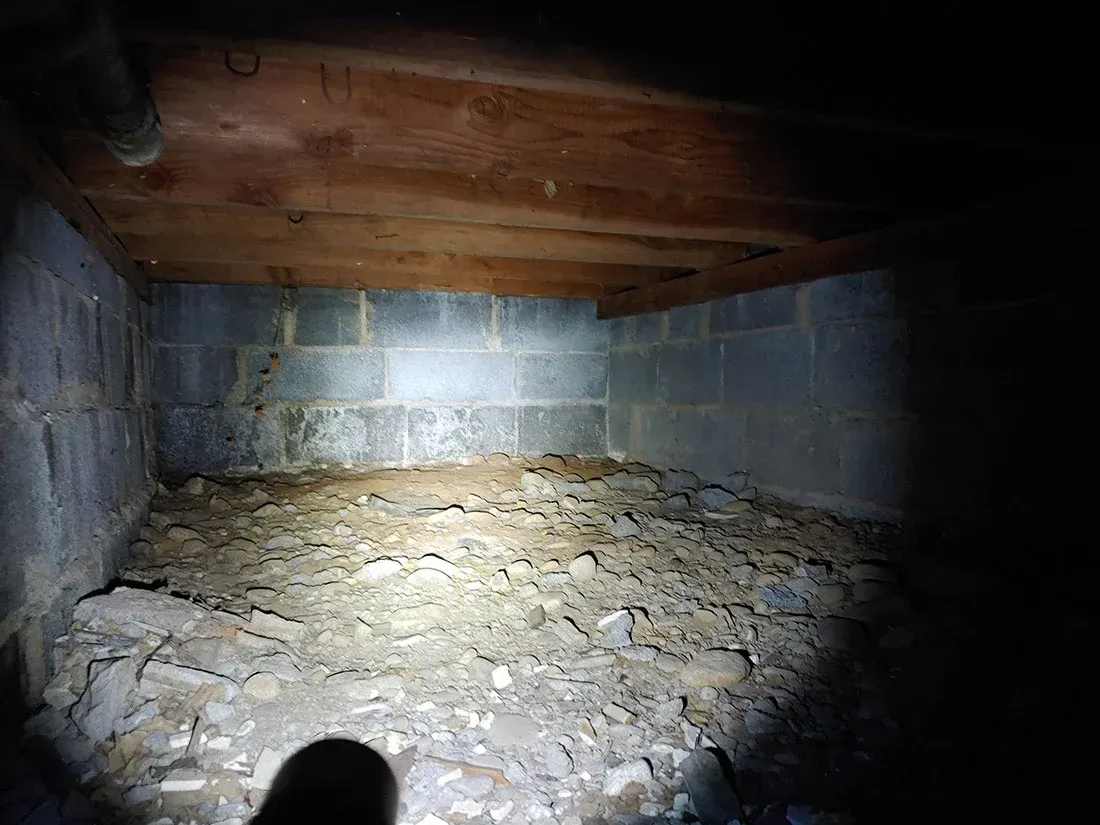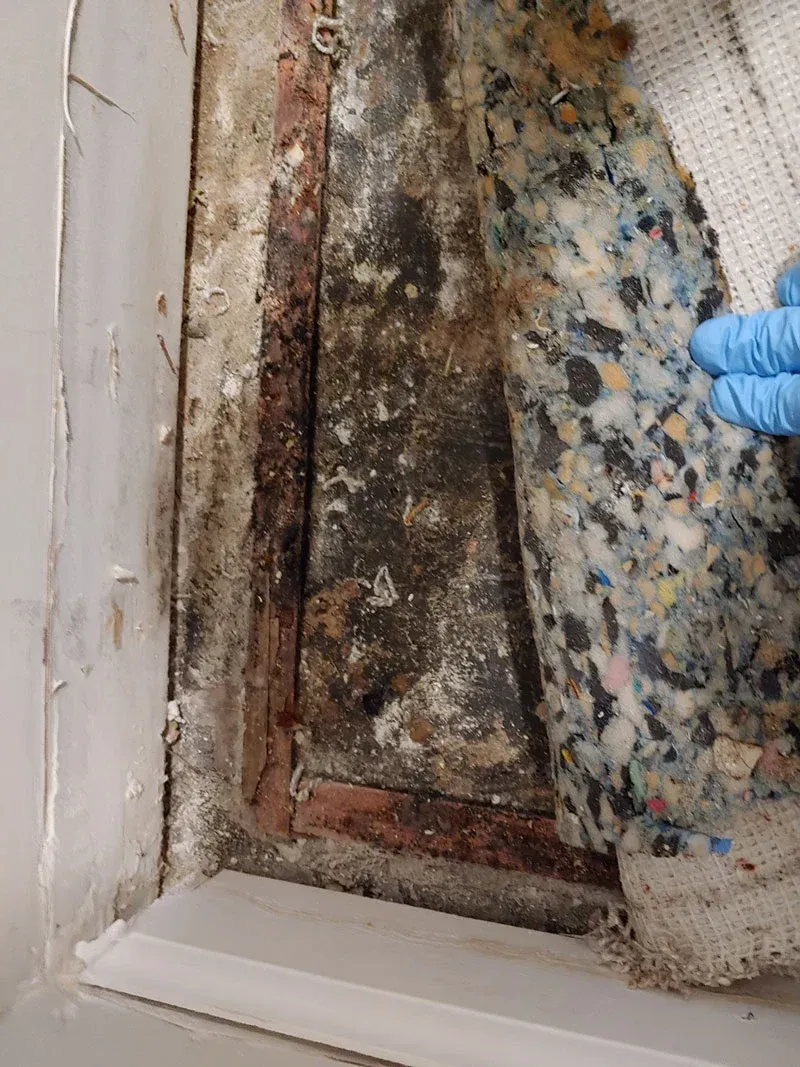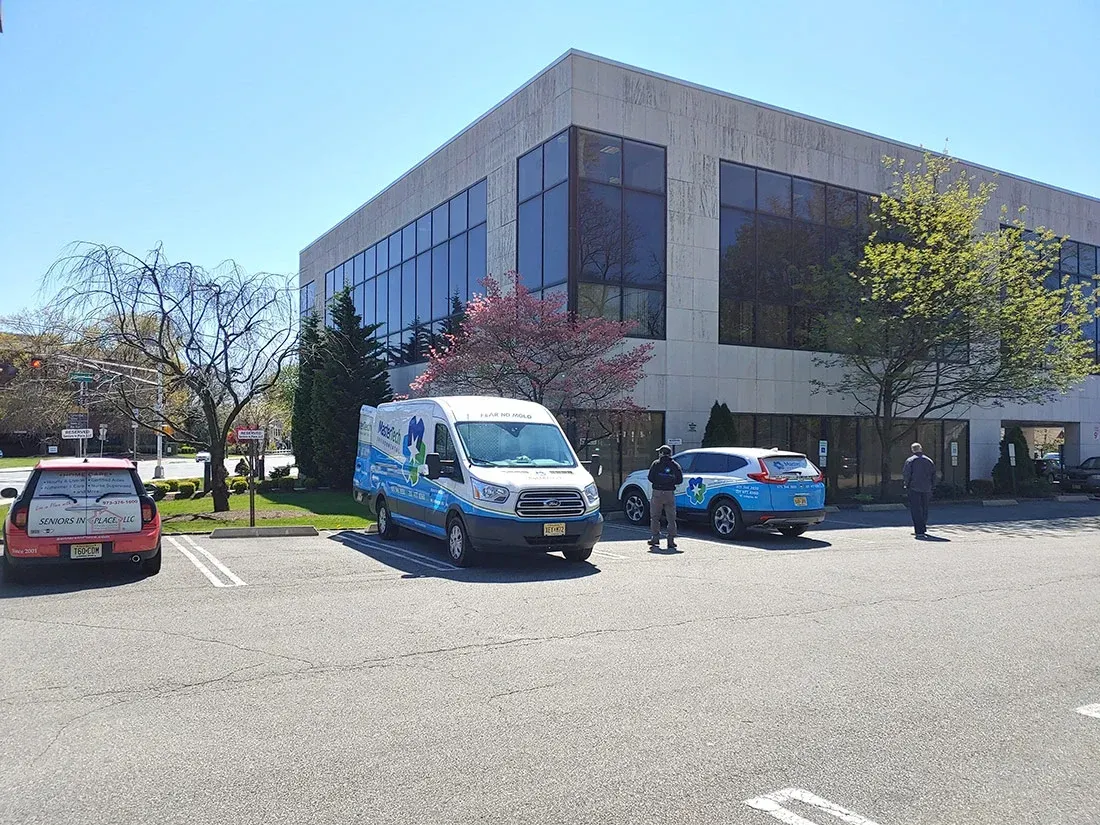Why Are Attics and Crawl Spaces Susceptible to Mold in the Myrtle Beach Area?

From stunning beaches to a warm, subtropical climate, Myrtle Beach offers plenty of reasons to love coastal South Carolina. Yet, many of the same environmental factors that draw people to the area—like abundant humidity and coastal storms—can also create prime conditions for mold growth. Two parts of the home that often bear the brunt of these conditions are attics and crawl spaces. Below is a closer look at why these hidden spots tend to host mold in Myrtle Beach and what you can do to keep both your property and family safe.
The Myrtle Beach Climate Connection
Myrtle Beach’s climate is classified as humid subtropical, with warm summers and mild winters. According to National Oceanic and Atmospheric Administration (NOAA) data, the region experiences relatively high humidity year-round, with an average annual relative humidity often hovering above 70%. This moisture-laden air routinely works its way into attics and crawl spaces, providing mold spores a critical resource they need to grow. The U.S. Environmental Protection Agency (EPA) advises keeping indoor humidity levels below about 60% to reduce mold risks—something that can be challenging along the South Carolina coast.
· Persistent Humidity: When moisture remains trapped inside these tight areas, materials like wood and insulation can stay damp for extended periods.
· Year-Round Warmth: Even in cooler months, the coastal climate doesn’t drop to harsh temperatures for long, so mold can keep growing.
· Frequent Storms and Rainfall: Myrtle Beach’s rainy spells contribute to water intrusion if your home’s exterior envelope isn’t fully sealed, compounding the humidity indoors.
Attics: A Warm Zone with Limited Ventilation
Attics are typically the highest point in the home, where rising warm air accumulates. In a humid locale like Myrtle Beach, this means constant exposure to moisture if not ventilated properly. These dark, often unvisited spaces can develop mold colonies that go unnoticed until the damage is significant.
· Why Attics Are Vulnerable: Attics often have poor airflow; even slight roof leaks or seepage can add moisture to wooden beams or insulation. Because many homeowners rarely peek into their attics, small mold issues can grow unchecked. Additionally, minor cracks or inadequate roof flashing let in rain during coastal storms, raising the attic’s moisture levels. The EPA notes that damp insulation and wood create an ideal habitat for mold spores, which are virtually everywhere in the environment.
· Signs of Trouble: Look for dark stains on rafters, a musty odor that seeps into upper floors, or sagging insulation. If you see sunlight poking through roof seams, water likely follows, allowing mold to flourish.
Crawl Spaces: Cool, Moist, and Hard to Access
Located beneath a home’s first floor, crawl spaces are designed to allow airflow and protect structural components from ground moisture. In practice, though, the humidity in Myrtle Beach can easily find its way under a house. The South Carolina Department of Health and Environmental Control (DHEC) points out that soil dampness and insufficient vapor barriers can foster mold growth, especially if regular inspections aren’t performed.
· Why Crawl Spaces Are Vulnerable: Warm, damp air entering from outside meets cooler surfaces in the crawl space, causing condensation on joists and subflooring. Soil also naturally contains moisture that can rise, notably if a vapor barrier is missing or damaged. Because these areas are cramped and dark, they may go uninspected for long stretches. Over time, mold can settle on wood and other organic materials, fueling musty odors that may creep into the living areas.
· Unique Myrtle Beach Factors: Coastal flooding or high water tables can soak the ground near or under your home. Without proper drainage or a well-maintained barrier, that moisture can seep into the crawl space, feeding mold colonies.
Poor Ventilation and Airflow Issues
Even though attics and crawl spaces are supposed to “breathe,” these areas frequently end up sealed too tightly—or, ironically, not tightly enough in some spots—leading to hidden damp corners. The EPA recommends consistent airflow to keep humidity low, but balancing airflow can be tricky in coastal climates. In Myrtle Beach, mild winters might reduce the need for constant heating, allowing more humidity to hang in the air, while in summer, home cooling systems can create temperature differentials that result in condensation.
· Ventilation Challenges: If vents or fans are blocked or undersized, air doesn’t circulate as intended. Meanwhile, if vents are large or unsealed, warm ocean air can rush in, depositing moisture on cooler surfaces. Insulation plays a part here, too: incorrect installation can trap moisture next to wood, fostering mold growth behind the scenes. Regularly checking attic vents, crawl space vents, and insulation quality goes a long way toward avoiding moisture mishaps.
· Spotting Poor Ventilation: Look for peeling paint on attic ceilings, persistent condensation on rafters or ductwork, or musty smells emanating from below floors. These subtle signs often hint at bigger airflow and moisture problems.
Infrequent Inspections and Maintenance
Because attics and crawl spaces aren’t living areas, homeowners often forget about them until a problem arises. This lack of regular inspection allows mold to thrive uninterrupted. Moreover, small cracks or missing shingles go unnoticed until a particularly heavy rain reveals a stain or a drip—by which time, mold could have already taken hold.
· Why Neglect Happens: Busy schedules and the out-of-sight nature of these spaces make it easy to overlook them. Maintenance tasks like checking vents or ensuring vapor barriers remain intact might not feel urgent, so they get postponed. Over time, the delayed care can translate into extensive mold issues.
· Key Maintenance Steps: At least twice a year, schedule a quick walkthrough of the attic and crawl space armed with a flashlight. Look for any watermarks, damp insulation, or patchy discoloration on wood. Ensure that all vents are clear and that any weatherproofing materials remain in good shape. This kind of proactive approach aligns with EPA recommendations to spot mold-friendly conditions before they escalate.
Moving Forward: A Healthier Attic and Crawl Space in Myrtle Beach
Understanding the distinctive conditions in Myrtle Beach—high humidity, occasional storms, and warm temperatures—will better equip you to protect your attic and crawl space from mold. Prevention always beats cleanup, so consistent ventilation checks, prompt leak repairs, and humidity control form a solid defense. If you suspect mold has already gained a foothold, don’t hesitate to consult professionals who align with EPA and South Carolina DHEC guidelines, ensuring a safe, thorough resolution.
Maintaining these often overlooked areas can have a substantial impact on your home’s air quality and your family’s well-being. With the right balance of vigilance and professional support, your attic and crawl space can stay dry, mold-free, and worry-free—even in coastal South Carolina’s challenging climate.



